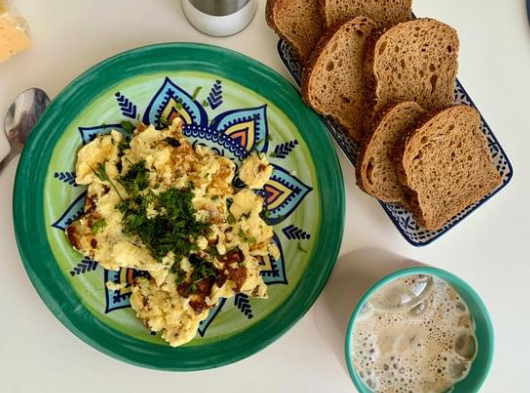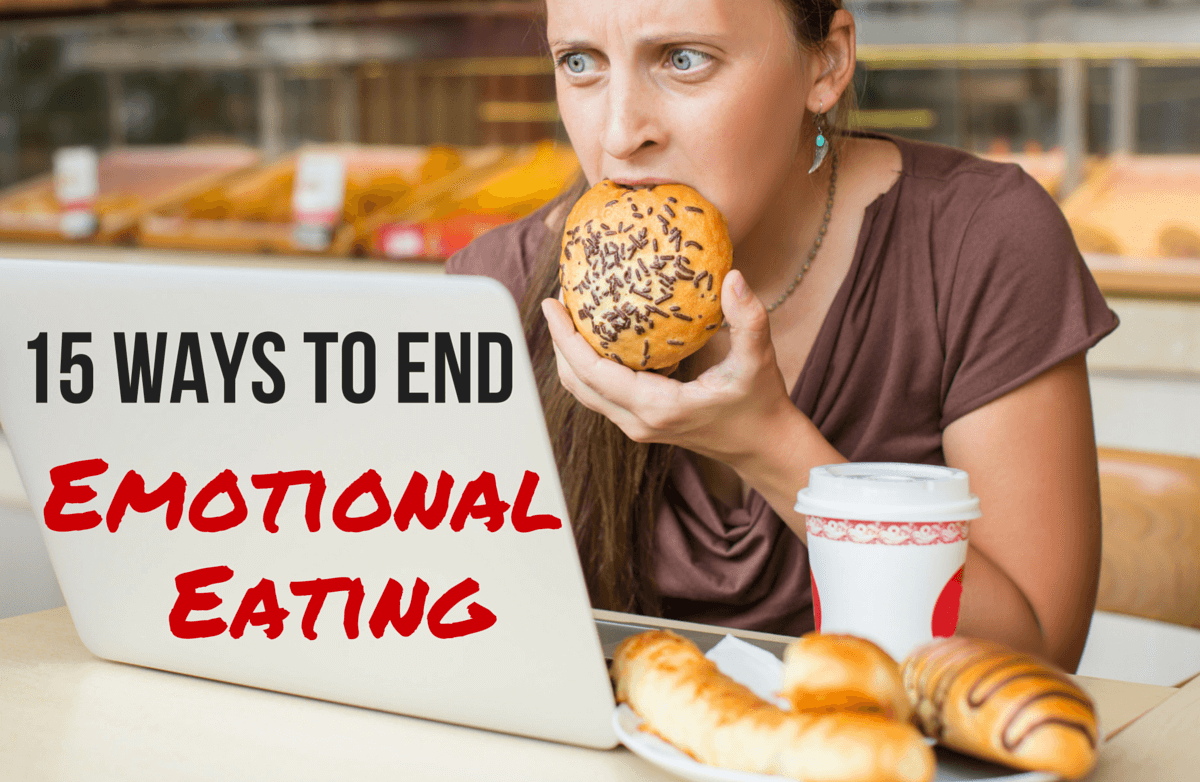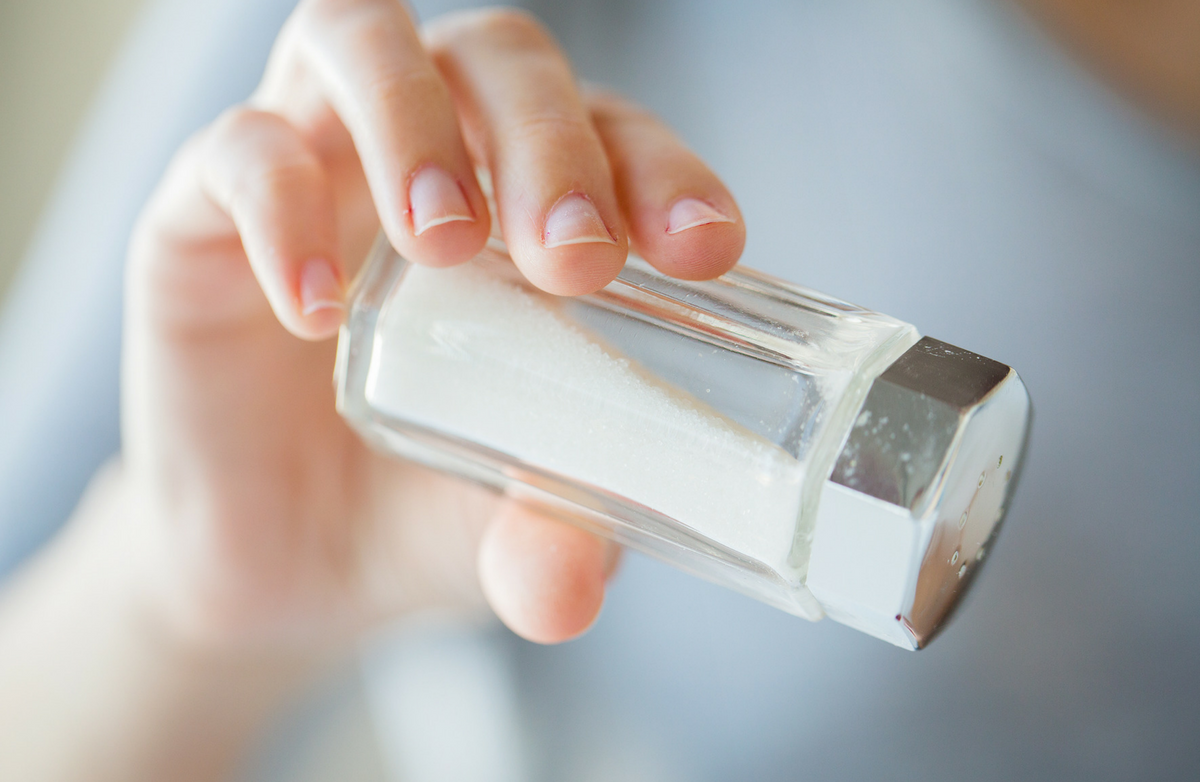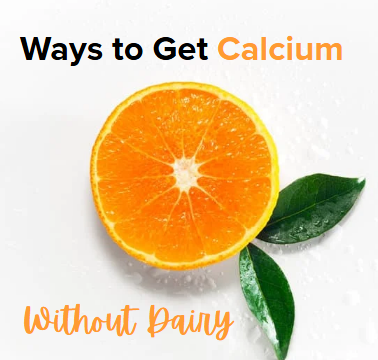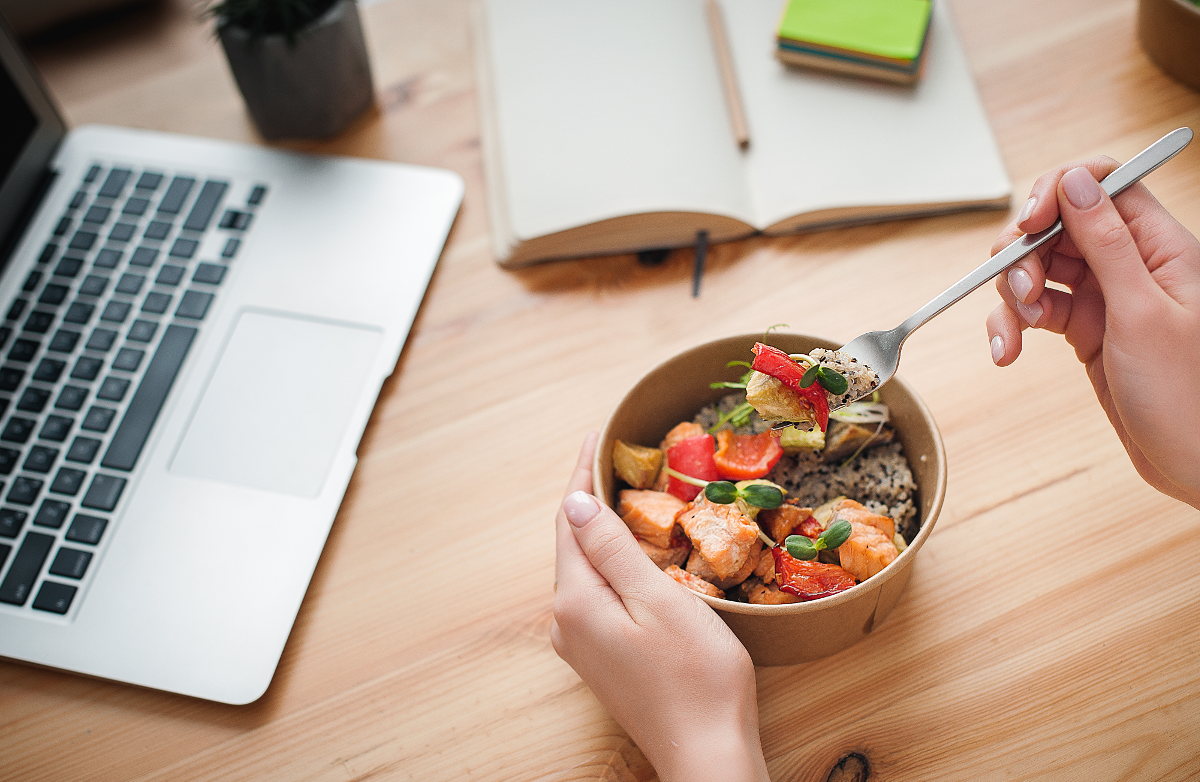Protein pancake mixes, high-protein ice creams, cereals fortified with protein—it seems every aisle in American supermarkets has been pumped up with more protein in recent years. With all the options now available, you wouldn't be wrong in assuming Americans are having a love affair with protein.
Yes, protein is certainly having a moment in the sun. And it's a good thing: Eating more protein than the minimum government recommendations (56 grams for men and 46 for women) could help many Americans maintain muscle mass and burn fat—even while eating more calories overall. In a 2018 study, gym-going females who ate 1.1 grams of protein per pound of bodyweight—150 grams per day for a 135-pound woman—lost 2.4 pounds of fat over eight weeks while eating 1,800 calories per day. Another group ate 0.4 grams per pound of bodyweight (50 grams per day for a 135-pound woman) and lost just 1.8 pounds of fat—even though they were eating 1,400 calories per day. The group eating more calories lost more fat, proving that protein is powerful stuff!
And it's not just good for your muscles: For Valerie Goldstein, a registered dietitian and owner of Eating to Fuel Health, adequate consumption of protein comes along with a whole slew of benefits: Various studies show it improves brain function, aids in appetite control, and can even help you sleep better.
But eating 100, 150 or more grams of protein per day can be a chore. We're not all iron-disciplined bodybuilders with the time and energy to meal prep a thousand chicken breasts. We've got things to do, and when we don't have things to do, we've got shows to stream!
So lean into that lazy streak a little and add protein simply by "designing for laziness". This behavioral design principle, inspired by B.J. Fogg of Stanford's Behavior Design Lab, usually focuses on making habits that you don't want to do more inconvenient. If you're trying to eat fewer cookies, for example, you might put them on a high shelf that requires a stool. Having to get out that stool, climb onto it, grab the cookies—every step makes it easier to avoid temptation. Studies show that this method really works.
Thus, to ensure your day includes the protein your body, muscles and brain need to function, make it as simple as possible.
1. Give your breakfast—and morning brew—a boost
Meeting your daily protein goals "becomes more difficult […] when meals become carbohydrate-focused," says Rachel Driscoll, R.D., an outpatient dietitian at Bristol Hospital in Connecticut. For many Americans, the "most important meal of the day" is one of the carb-heaviest, with cereal, oatmeal, waffles and pancakes often on the menu. Making your morning protein-focused has been shown to improve satiety all day, though. In a 2013 study, participants who ate 35 grams of protein at breakfast not only felt more satisfied all day, they even snacked less in the evenings on high-fat, high-sugar foods.
2. Power your burrito bowl with extra protein
If one of your takeout go-tos is a burrito bowl, Goldstein has another hero spot for non-fat Greek yogurt: Skip the sour cream and add a measured quarter-cup of unsweetened, non-fat Greek instead. Once you mix everything together, you'll get all the creaminess and tartness you'd get from the sour cream, but with fewer calories and more protein. The swap saves 70 calories while adding 7.2 grams of protein to your bowl. An even lazier way to pump it up? Just double the meat! You'll add 13.9 grams of protein to your bowl.
Americans consume, on average, 191 calories per day in liquid form. That's usually a weight loss no-no, as sugary drinks can quickly create an energy surplus and fuel weight gain.
When the calories aren't sugary and have some nutrients like protein, though, beverages can be a powerful positive tool, too, says Anthony D'Orazio, Ph.D., coach and COO at Complete Human Performance. His suggestion? Add protein powder to a low- or zero-calorie drink that already has some flavor. For instance, if you use a drink mix like Crystal Light or Mio to give your water a fruity flavor, try adding a vanilla or fruit-flavored protein powder to the mix.
4. Make veggie dips (and salad dressing) more satisfying
If you're trying to increase your vegetable intake, you may have become a ranch fanatic. And you're not alone: In a 2017 survey by the Association for Dressings and Sauces, ranch was the most popular salad dressing in the U.S.A. While adding ranch to vegetables can make them more palatable, it adds even more fat to the equation.
One more time, it's Greek yogurt's turn to shine! By mixing the yogurt with some pre-made ranch seasoning—or even just mixing half of your normal dipping ranch serving with yogurt—you can cut calories and fat while adding filling protein to your veggie snack or salad. Reducing the amount of ranch you're dipping in by 2 tablespoons takes out 130 calories and 14 grams of fat; replace that with 2.5 tablespoons of non-fat plain Greek yogurt and you'll be dipping in just 30 calories while adding in 5.5 grams of protein.
Any of these strategies can make it easier to give your body more protein, but it's important to remember that protein-rich foods aren't calorie-free, says Goldstein. "As you add protein, balance it out with lowering carbs or it will cause weight gain," she cautions.
When it comes to what to take out, D'Orazio says to be lazy about that, too: "For so many clients, it's finding the lowest-hanging fruit," he says. Not literally fruit, but maybe a handful of pretzels or chips that you mindlessly munch. Put those on a high shelf and make them inconvenient, just as you're trying to prioritize the convenience of protein. Easy peasy.





